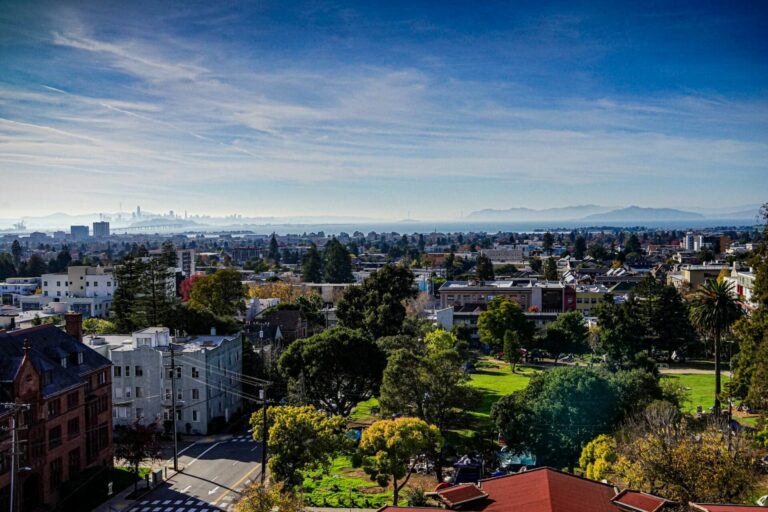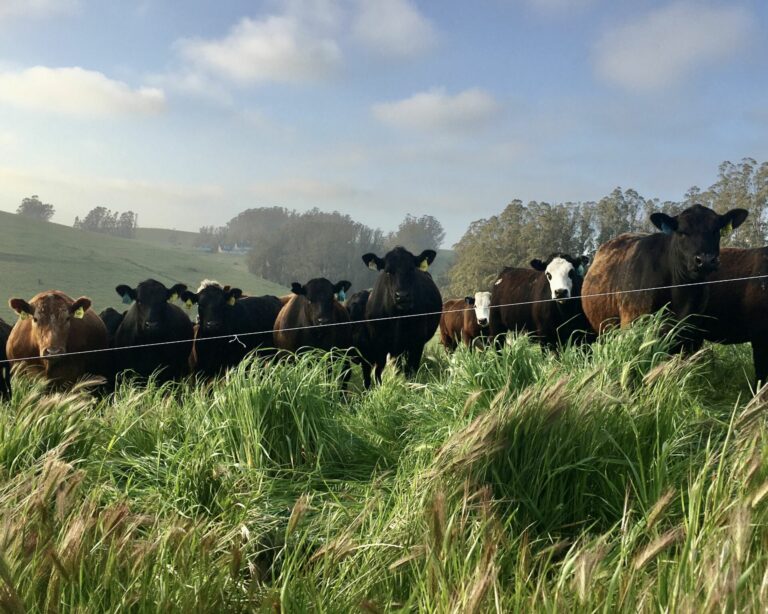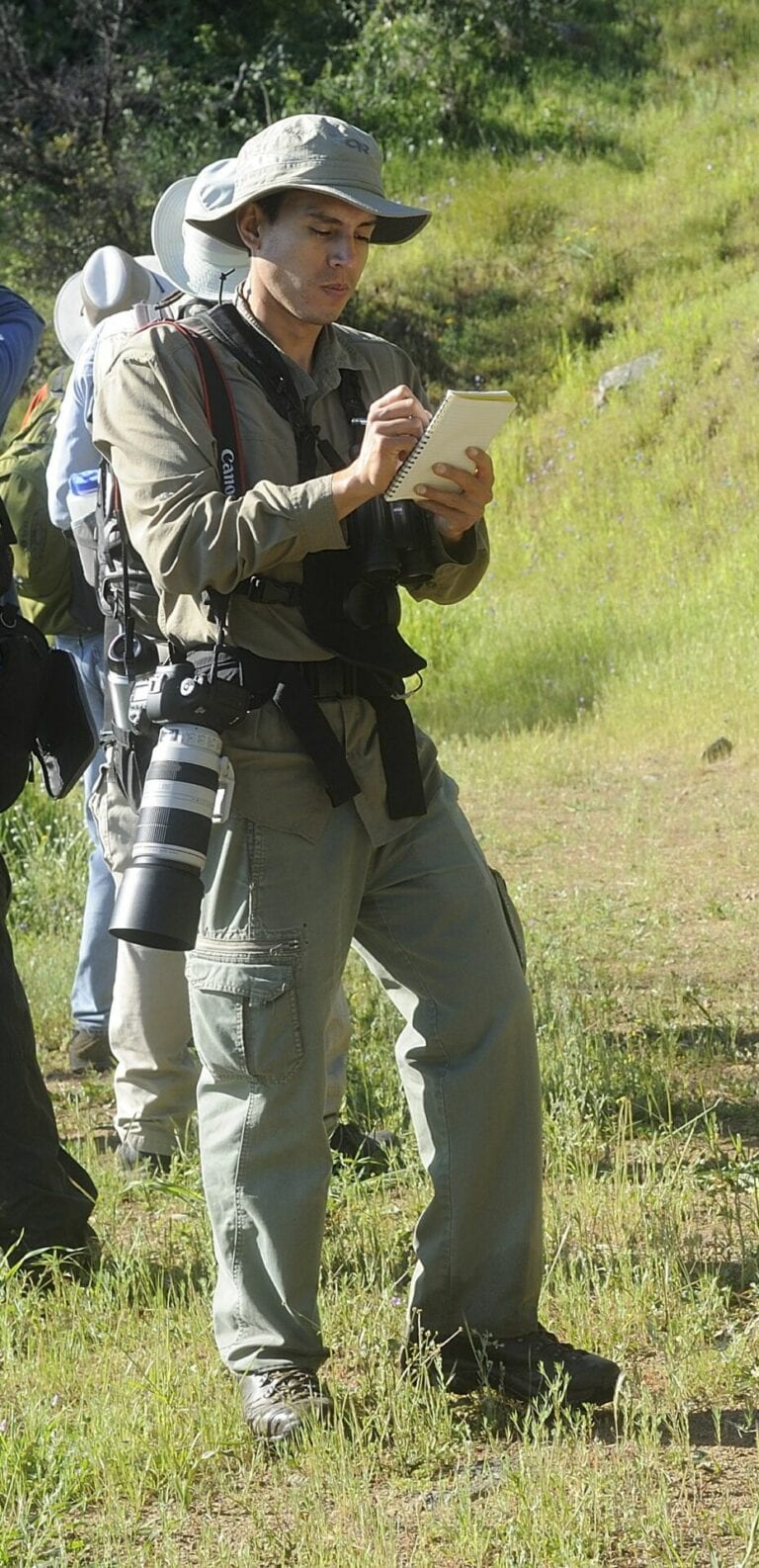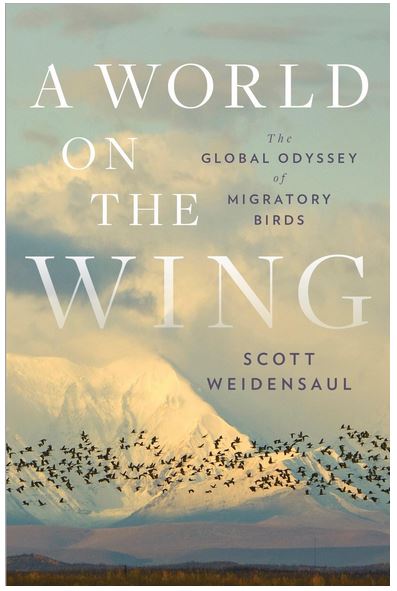Thursday June 15, 2023 — 7 p.m.
Location: In-person at the Tamalpais Room, David Brower Center (2150 Allston Way Berkeley, CA) and Zoom
Grassland bird conservation is inextricably linked to management practices on millions of acres of rangelands, the vast majority of which are privately owned. Significant rangeland habitat enhancement can only be achieved through cooperative approaches that work with ranchers that live and work on these lands. Audubon’s Conservation Ranching Program uses an innovative, market-based approach to connect conservation-conscious consumers to ranchers who employ bird-friendly management practices in raising their livestock. The program addresses loss in ecosystem function and health through the conservation of focal bird species and the habitat they depend upon. It incentivizes bird-friendly livestock management practices, emphasizing regenerative grazing approaches that improve soil health, diversify habitat structure, and ensure environmental sustainability that benefits pollinators and other grassland wildlife
Here are some links to program specifics:
https://ca.audubon.org/conservation/conservation-ranching
https://www.audubon.org/news/what-world-conservation-ranching
https://www.audubon.org/magazine/spring-2017/how-cattle-ranchers-are-helping-save-western
About Our Speakers
Matt Allshouse came to Audubon California from Wyoming and has been the Conservation Ranching Program Manager for the state since September 2019. As a rangeland ecologist, he has 15 years of experience associated with land policy, management, and science. Previously, Matt served as Ranch Manager for Antelope Springs Land and Cattle in Wyoming, as a Biologist for the Peregrine Fund in Belize and Guatemala directing conservation field research, and as Ecologist with the consulting firm Trihydro Corporation focusing on restoration ecology. Matt holds a dual Bachelor’s degree in Environment and Natural Resources, and Rangeland Ecology and Watershed Management from University of Wyoming.
Pelayo Alvarez works as the Director of the Conservation Ranching Program in California. Before joining Audubon Pelayo worked for the Carbon Cycle Institute where he helped establish carbon farming programs across California. Pelayo has experience working with the ranching community, government agencies, academia and other stakeholders on rangeland conservation initiatives including the development of programs to incentivize good stewardship practices on rangelands. Pelayo also worked for Defenders of Wildlife as the Conservation Program Director for the California Rangeland Conservation Coalition where he coordinated research and outreach activities. Pelayo also teaches Rangeland Ecology and Management at American River College in Sacramento. His previous work experience includes positions at UC Davis, The World Bank and The Nature Conservancy. He has a bachelor’s degree in veterinary medicine from Universidad de Leon (Spain), a MS degree in Animal Science from Oklahoma State University and a PhD in Ecology from UC Davis.…





